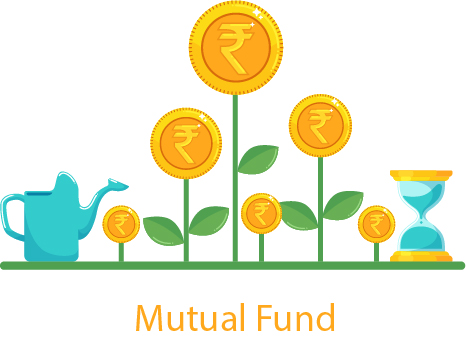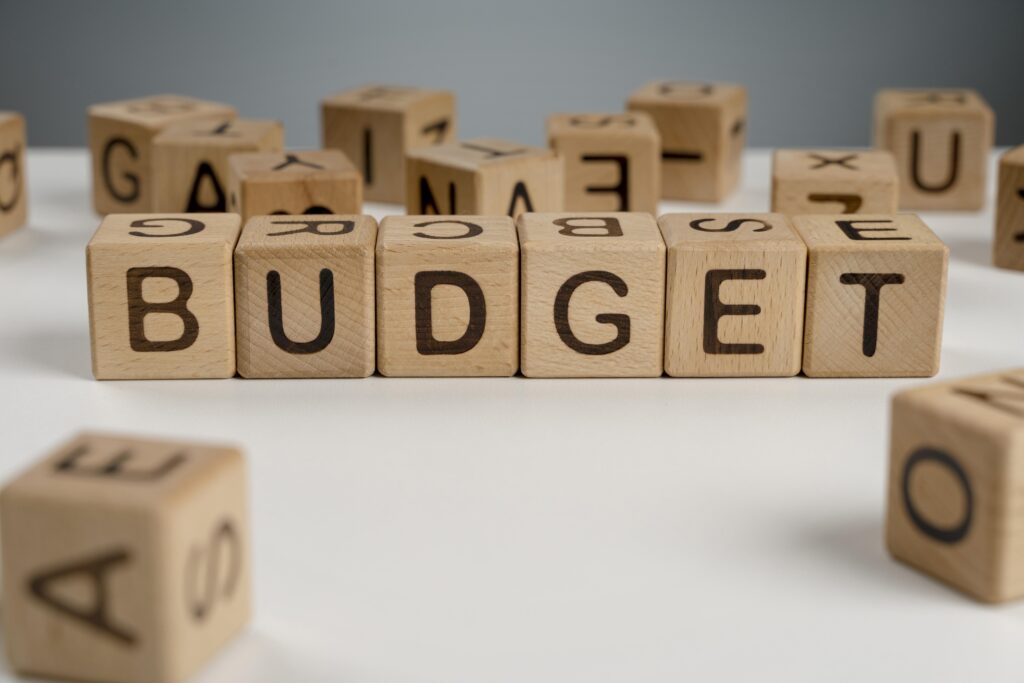What is the FIRE Strategy?
FIRE stands for Financial Independence, Retire Early. It’s a lifestyle movement that encourages people to gain financial independence and retire much earlier than the traditional retirement age. The core principle is to aggressively save and invest during your working years to build a substantial nest egg. Once your investments can generate enough income to cover your living expenses, you achieve financial independence.
It’s not just about quitting your job to do nothing—FIRE followers often continue to work on passion projects, part-time gigs, or start businesses. The ultimate aim is freedom of choice.
Key elements of FIRE:
High savings rate: Save at least 50% of your income. Some even aim for 70%.
Frugal living: Limit lifestyle inflation and live well below your means.
Smart investing: Focus on long-term, compounding growth via mutual funds, stocks, and real estate.
Corpus building: Accumulate enough wealth to live off passive income.
Is FIRE Achievable in India?
Yes, but it requires determination, a strategic approach, and a mindset shift. India presents unique challenges and opportunities that make FIRE both a promising and demanding goal:
Challenges:
Moderate income levels: The average Indian salary may not allow for high savings unless one actively seeks career growth.
Inflation: Medical and education costs are rising fast.
Social expectations: Spending on weddings, festivals, and family support is often high.
Opportunities:
Lower living costs in tier-2/3 cities
Wider access to investment products: SIPs, PPF, NPS, ETFs, and ELSS are readily available.
Digital banking and fintech tools: Help in expense tracking, automation, and wealth management.
How Much Money Do You Need to Retire Early?
To determine your FIRE number, start by estimating your annual expenses in retirement. Multiply that by 25 to calculate the corpus you need. This rule is derived from the “4% rule,” which suggests you can safely withdraw 4% of your corpus annually.
Example:
-
Annual expenses: ₹10 lakh
-
FIRE corpus = ₹10 lakh x 25 = ₹2.5 crore
It’s important to include:
-
Future healthcare costs
-
Travel plans
-
Inflation buffer (use at least 6-7% annual inflation)
Your FIRE number may vary depending on whether you want:
-
Lean FIRE (bare minimum lifestyle)
-
Fat FIRE (comfortable, luxurious lifestyle)
-
Barista FIRE (part-time work post-retirement)
Step-by-Step Guide to Achieve FIRE in India
1. Define Your FIRE Number
This is the most critical step. Calculate your expected monthly expenses in retirement. Multiply by 12 to get annual costs and then by 25 to reach your retirement corpus. Consider:
-
Housing (rent or EMIs)
-
Food & groceries
-
Transport
-
Medical insurance
-
Utilities
-
Entertainment
Use inflation-adjusted calculators to ensure you’re not underestimating.
2. Track Your Expenses Religiously
You can’t control what you don’t measure. Use apps like Walnut, Moneyview, Goodbudget, or Spendee. Excel sheets or Google Sheets can also be customized to suit your needs.
Benefits:
-
Understand where your money goes
-
Identify unnecessary expenses
-
Allocate more toward savings and investments
3. Increase Your Savings Rate
Aim for 40-70% of your income. This might sound unrealistic, but consider the following:
-
Move to a smaller house
-
Use public transport or shared cabs
-
Cook at home more often
-
Buy second-hand when possible
Every rupee saved is a rupee invested in your freedom.
4. Invest Smartly
Start SIPs in equity mutual funds. Prefer index funds for low costs and broad exposure.
Investment tools:
-
Equity mutual funds (for long-term growth)
-
PPF, EPF, and NPS (for tax-saving and retirement)
-
REITs and real estate (for rental income)
-
Stocks or ETFs (for higher returns with risks)
Diversify your portfolio to reduce risk. Rebalance once a year.
5. Upskill for Higher Income
A higher income allows higher savings. Consider learning:
-
Digital marketing
-
Coding or web development
-
Freelancing platforms (Upwork, Fiverr)
An increase of even 20% in your income can significantly boost your FIRE journey.
6. Create Side Income Streams
Explore passive or semi-passive income sources:
-
Freelancing gigs
-
Blogging or YouTube
-
Dividend stocks
-
Affiliate marketing
-
Rent from property or vehicles
The goal is to reduce reliance on your main job.
7. Get Insured
Don’t let unexpected health issues derail your journey.
Types of insurance:
-
Health insurance: Family floater plans are a must
-
Term life insurance: Only if you have dependents
Avoid traditional life insurance policies as investments.
Different Types of FIRE
Lean FIRE
Living a minimalist lifestyle with just enough savings to cover basic needs. Ideal for those who prefer simplicity and low expenses.
Fat FIRE
Retiring with a larger corpus to maintain a comfortable or even luxurious lifestyle. Suitable for those who want to travel, dine out, and enjoy luxuries.
Barista FIRE
Semi-retirement where you cover basic living expenses via part-time work and rely on savings for the rest. It’s a balanced approach, especially popular in India.
Challenges in India
Inflation
Prices rise quickly, especially in healthcare and education. Ensure your investments outpace inflation. Equities are crucial here.
Lack of Universal Healthcare
Medical emergencies can wipe out savings. Hence, robust health insurance and emergency corpus are must-haves.
Family Responsibilities
Supporting children’s education, helping aged parents, and contributing to family weddings are culturally expected. Plan and budget for these in your FIRE corpus.
Social Pressure
Living frugally may attract judgment. You must be emotionally strong to swim against societal expectations.
Pros and Cons of FIRE
Pros:
Time freedom
Flexibility to explore passion projects
No stress of job loss
Better health from reduced work pressure
Cons:
High upfront sacrifices
Market volatility can affect corpus
May miss out on social work connections
Long retirement horizon increases planning complexity
Key Takeaways
FIRE = Financial Independence + Early Retirement
Determine your FIRE number based on your lifestyle
Save aggressively and invest in diverse instruments
Choose between Lean, Fat, or Barista FIRE
Stay insured, disciplined, and continuously educated













